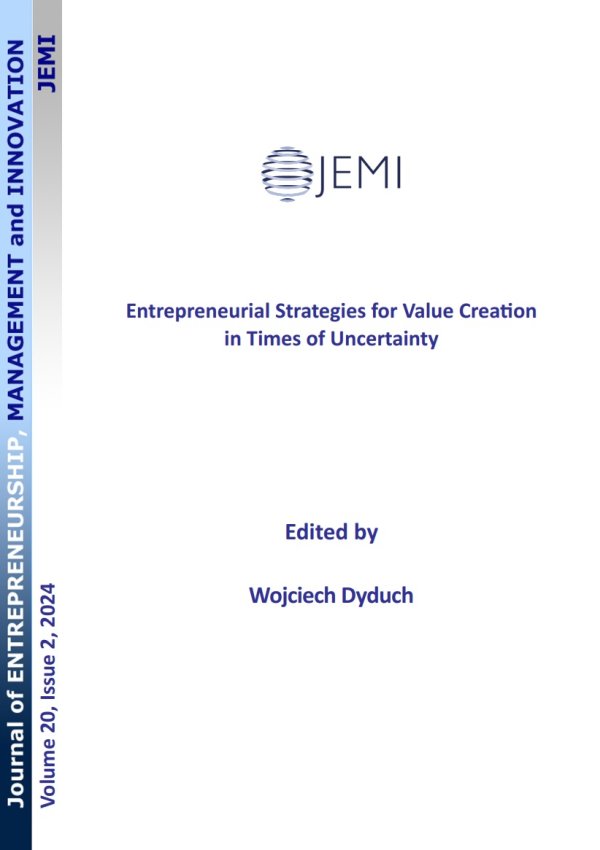Hannu Littunen, Ph.D., University of Eastern Finland, Department of Health and Social Management, P.O. Box 1627, 70211, Finland, email: This email address is being protected from spambots. You need JavaScript enabled to view it. 
Timo Tohmo, Ph.D, Jyväskylä University School of Business and Economics, P.O. BOX 35, 40100, Finland, email: This email address is being protected from spambots. You need JavaScript enabled to view it. 
Esa Storhammar, Ph.D., Jyväskylä University School of Business and Economics, P.O. Box 35, 40100, Finland, email: This email address is being protected from spambots. You need JavaScript enabled to view it. 
Abstract
PURPOSE: The aim of the paper is to analyse the importance of both internal capabilities (resources) and external information sources in implementing product, process, marketing and organizational innovations aiming to maximize firm competitive advantage and create value for stakeholders. Furthermore, in particular, we examine the role of public organizations, business networks, firm size, and the industry sector, in the emergence of different types of product, process, marketing, and organizational innovations. The research was based on the typology of innovation (product, process, marketing, and organizational) adopted by the OECD. METHODOLOGY: The paper is based on data from 389 SMEs located in Finland and describes the development of a model for testing the factors that increase the innovativeness of SMEs. The logistic regression model is used as a methodology. Findings: The results show that the creation of novel products, processes and marketing innovation is connected to various external sources of information, such as fairs, the media and the internet. Moreover, the relationship between internal capabilities such as the firm’s know-how increases the marketing and organizational innovativeness of SMEs. Our results demonstrated that the creation of product innovation is positively connected to manufacturing. Furthermore, we find that the creation of novel processes and organizational innovation is related to firm size, such that firms with fewer than 20 employees (smallest firms) were concentrated among non-innovators and companies with more than 20 employees were concentrated among innovators. IMPLICATIONS FOR THEORY AND PRACTICE: The contribution of our study is to analyse to what extent various types of innovation rely on specific information sources. This study also provides suggestions for practice and policymakers. Contrary to expectations regarding our findings, public support organizations were not statistically significant in any innovation model. Therefore, public support organizations should develop better mechanisms to find SMEs with strong motivations to develop new products and market opportunities. ORIGINALITY AND VALUE: This paper provides a new and topical viewpoint for the literature by examining the possible factors explaining the increase in SMEs’ likelihood of implementing product, process, marketing, and organizational innovations. Our study provides comprehensive information on how different stakeholders contribute to the emergence of SME innovation.
Keywords: SMEs, innovation, internal capabilities, external information sources, stakeholders, industry sector, firm size






